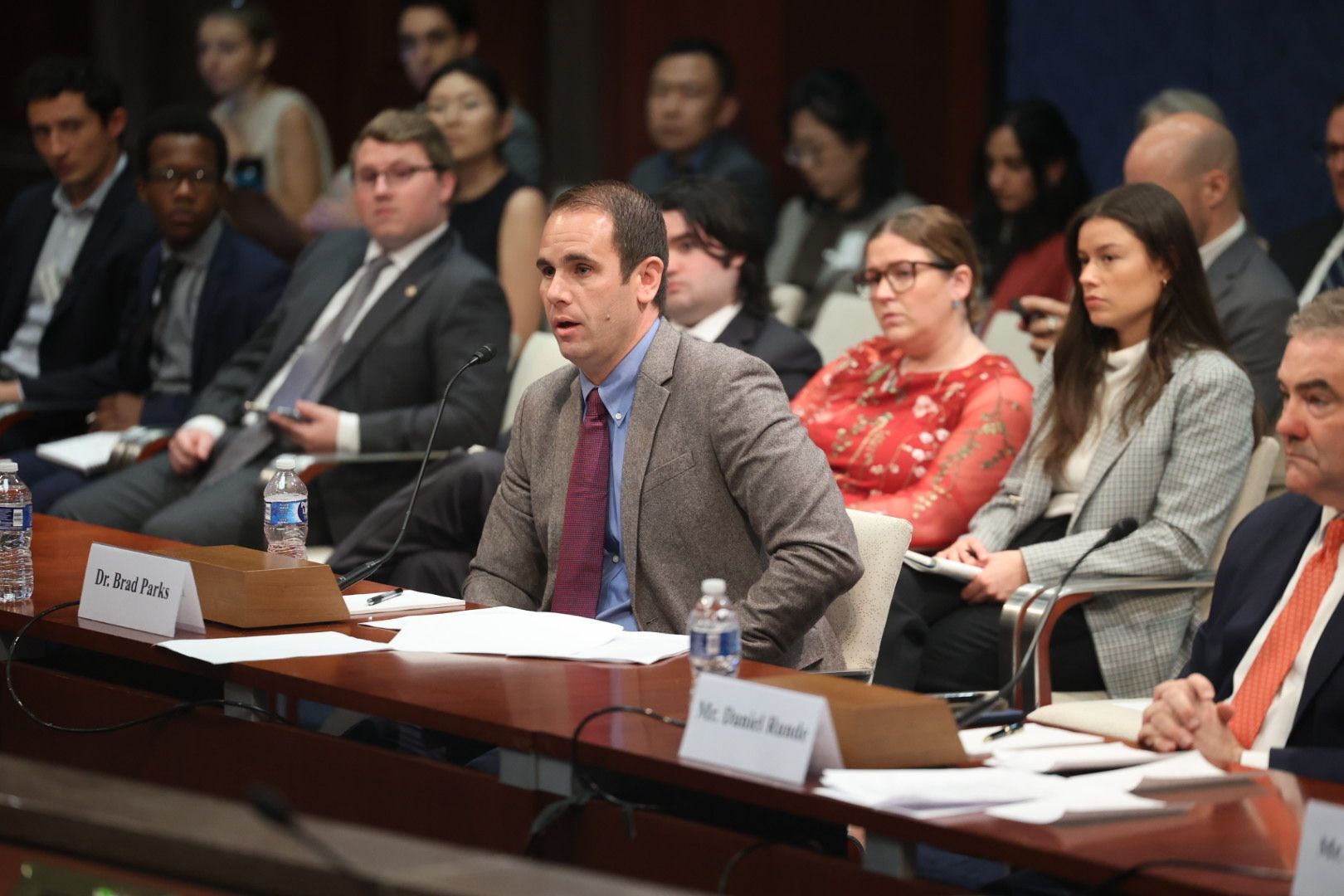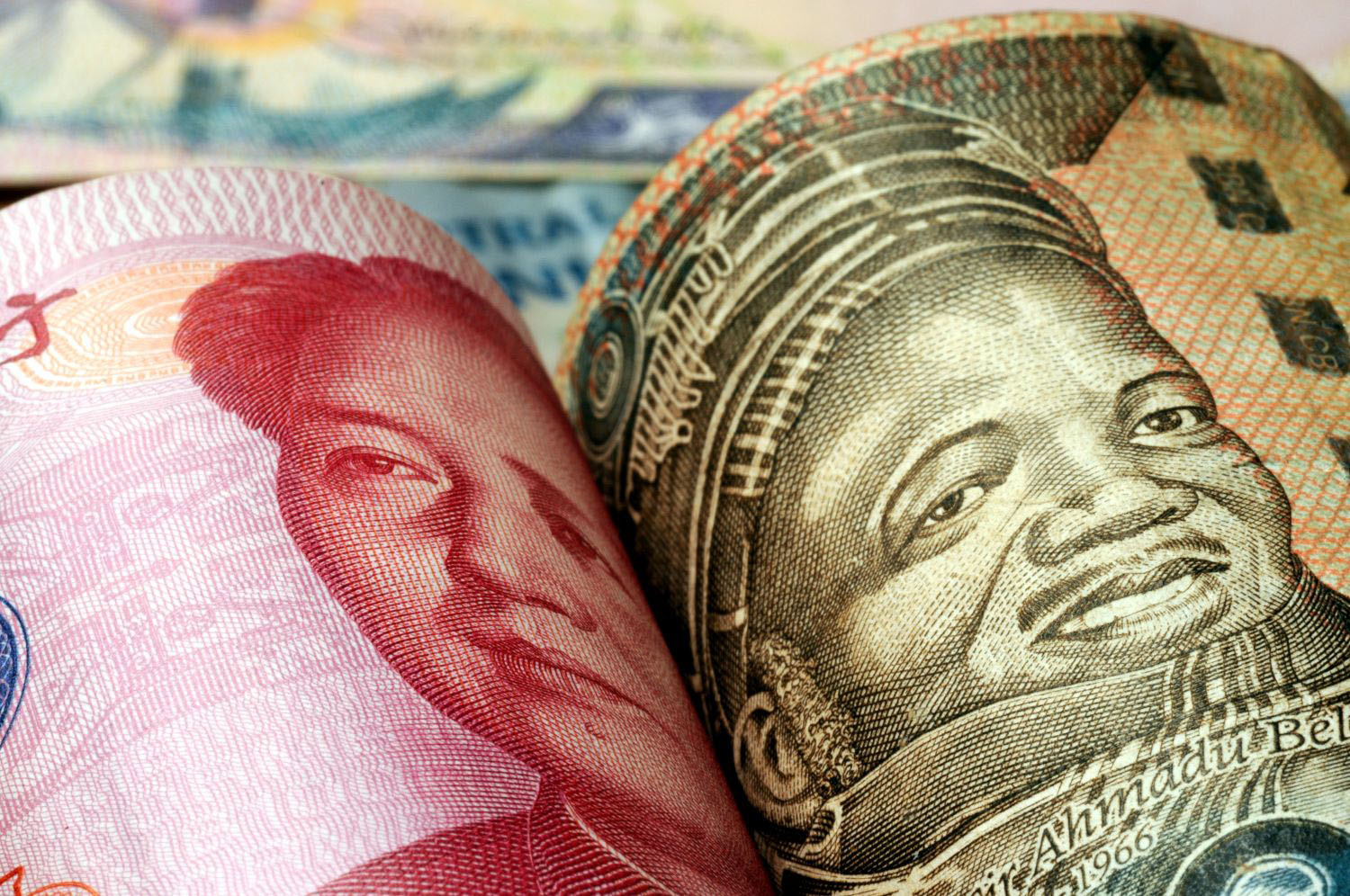The Biden administration’s efforts to provide attractive alternatives to Chinese finance in the developing world coincides with a period of pronounced financial stresses for these countries. After years of ready access to capital markets, coinciding with China’s rise as the dominant source of government-to-government finance globally, developing country governments in Latin America, Africa, and Asia are struggling to service debt in a period of rising interest rates. Looking at this landscape through the lens of geopolitical competition, there’s an opportunity for the United States to step up, not just as a critic of Chinese lending practices, but as a genuine source of relief.
But doing so will require some adjustments to the playbook as it has been developed over the past decade, a period when the US government has rolled out various initiatives to scale up infrastructure finance as an alternative to China’s Belt and Road initiative. To date, US efforts have struggled to muster the scale that has characterized Chinese lending. They have also largely bypassed counterpart governments, opting for private financing channels. This poses some challenges for financing many types of infrastructure, which are public in nature. But importantly, it also misses an opportunity to strengthen the direct relationship with counterpart governments, which are, after all, the proximate targets for influence in any geostrategic competition.
Fortunately, the United States already has an instrument at its disposal that can effectively provide direct government-to-government support in a manner that is cost effective for the US taxpayer and attractive to counterpart governments. The US sovereign loan guarantee program enables the US government to provide a financial guarantee on sovereign bond issuances of counterpart governments, effectively conferring on those governments the highly favorable borrowing terms that the US government enjoys. For developing country governments, a US-provided guarantee can mean very substantial savings. Yet, the guarantee program has been used only sporadically over the past two decades in just a handful of countries and has become a victim of bureaucratic reshuffling in recent years.
In a new paper, we argue for a revamp and expansion of the guarantee program. We identify an expanded list of 33 target countries for potential eligibility. We estimate the subsidy cost for the US government to issue guarantees, along with the savings in borrowing costs realized by recipient governments. In short, we find that an outlay of $1 billion in subsidy cost by the US government would generate benefits for partner governments of $3.5 billion. Over time, this cost to benefit ratio would improve under a “revolving fund” model, where subsidies are recycled into the program.
For many developing country governments today, the ability to borrow in international bond markets on highly favorable terms would amount to a substantial form of debt relief. Unlike the Chinese government, the United States is not a major creditor today and has little to offer in the way of direct relief on existing debts. But helping to ensure that these countries maintain access to new financing on favorable terms amounts to a highly attractive offer at a time when big creditors like China are increasingly viewed as barriers to progress.
US efforts to scale up infrastructure financing in developing countries over 5- and 10-year windows will no doubt bear some fruit in the years ahead, but they should be accompanied by more timely and targeted measures of support for developing country governments. The US guarantee program has the potential to provide just such support.
CGD blog posts reflect the views of the authors, drawing on prior research and experience in their areas of expertise.
CGD is a nonpartisan, independent organization and does not take institutional positions.







